Millets are a comeback into the Indian kitchen after being lost for over four decades. They had made a surprise move to take the reign as a superhero among foods when rice was nearly given that title. All thanks to nutritionists and mindful eaters, millet has taken its place on kitchen shelves and is considered a conservative approach to food.
In this post, we’ll discuss the nutritional prowess and the side effects of the Pearl Millet, fondly known as Bajra, the food predominantly consumed in rural India and is available worldwide. Join this journey to explore these aspects of this underrated grain and adopt it in your regular diet.
Bajra (Pearl Millet): Introduction to this Small but Mighty Grain
Since ancient times, Bajra has been a treasure trove crop for nutrition and a staple food in the Indian diet. These resilient crops can withstand more extreme external conditions than many other grains.
Besides being called Bajra, this healthy organic food is also called Bajri, Kambu, Sajje, or Cumbu in different languages across India. They are predominantly grown in Africa and India. However, other parts of the world cultivate and consume it. They grow in different hues like gray, white, brown, yellow, and bluish-purple.
They are versatile grains, usually powdered or cooked as cereal grains, to make various dishes, such as dosa, bread, roti, idli, and porridge. Today, they are tactfully incorporated in making soups, salads, and desserts such as halwa, kheer, cookies, and laddu to enjoy their earthy charm, thanks to this generation’s culinary prowess.
-
Nutrient Profile
- Protein: 11.6 g
- Calories: 361 kcal
- Carbohydrates: 67.5 g
- Potassium: 365 mg
- Magnesium: 124 mg
- Calcium: 27.35 mg
- Zinc: 2.76 mg
- Iron: 6.42 mg
- Fiber: 11.3 g
- Fat: 5 g
Goodness of Bajra Explained: The Secret to a Nutritious Lifestyle
In most cases, people consider cooked millet a healthy way to benefit the body with carbohydrates, protein, and fiber and make the food gluten-free. However, unlike the rest of the grains, organic Bajra is naturally wholesome and has considerable health advantages when regularly consumed in the proper proportions. Here are a few core ones out of the many that consumers can enjoy:
- Bajra is an excellent alternative to eggs due to its protein-rich profile. For instance, each 100-gram boiled egg gives the same protein level when a 100-gram Bajra is cooked. As a result, it helps maintain or build muscle mass.
- Bajra is rich in dietary fiber, a prebiotic for gut health. As a result, it prevents constipation, promotes digestion, and keeps overeating under control for healthy and early satiety.
- When included in a diet, their low-calorie properties naturally promote weight loss. Moreover, being a complex carbohydrate millet variety, they ensure a continual energy flow.
- This healthy organic food is a powerhouse for magnesium. This vital nutrient promotes healthy heart function and reduces the risk of heart diseases such as diabetes, stroke, and high blood pressure.
- Besides magnesium, Bajra is rich in phosphorous and calcium, contributing to developing and maintaining strong teeth and bone density. Consuming it regularly lowers the chances of osteoporosis and other bone-related ailments.
After Effects of Consuming Bajra
Besides its many excellent benefits, not all human systems are compatible with ingesting Bajra daily. Consult your nutritionist before including them in your diet plan. If consumed without precautions, these are the side effects that can occur:
- Consuming excess Bajra with other grains, lentils, or legumes can cause nutritional deficiencies and malabsorption syndrome in the body.
- If not adequately cooked or washed, they threaten to form kidney stones, along with other kidney and bladder infections that arise from the high accumulation of oxalates and calcium.
- For those consuming Bajra with a history of digestive disorders, the dietary fibers can aggravate to create inflammatory bowel disease, irritable bowel syndrome, or Crohn’s disease.
- Ideally, Bajra is known to have high levels of goitrogenic compounds if, when excessively consumed, it triggers impaired thyroid function due to the stoppage of iodine absorption. As a result, individuals are at risk of being struck with iodine deficiency, hypothyroidism, or goiter.
Conclusion
Bajra is a famous millet with an age-old history of being a part of Indian culture and cuisine due to its extraordinary health benefits. However, consult a nutritionist to adopt it into your lifestyle and leverage those nutrients. Discover the Bajra and its by-products at BrownLiving to embark on a mindful eating journey with greener lifestyles!
Check out Organic Cereals & Grains:

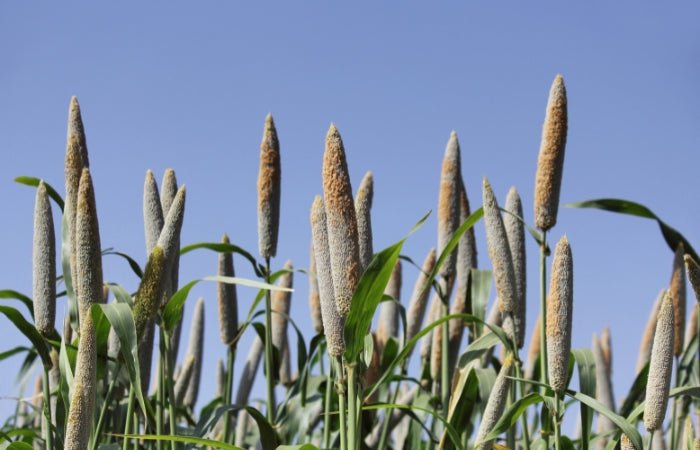
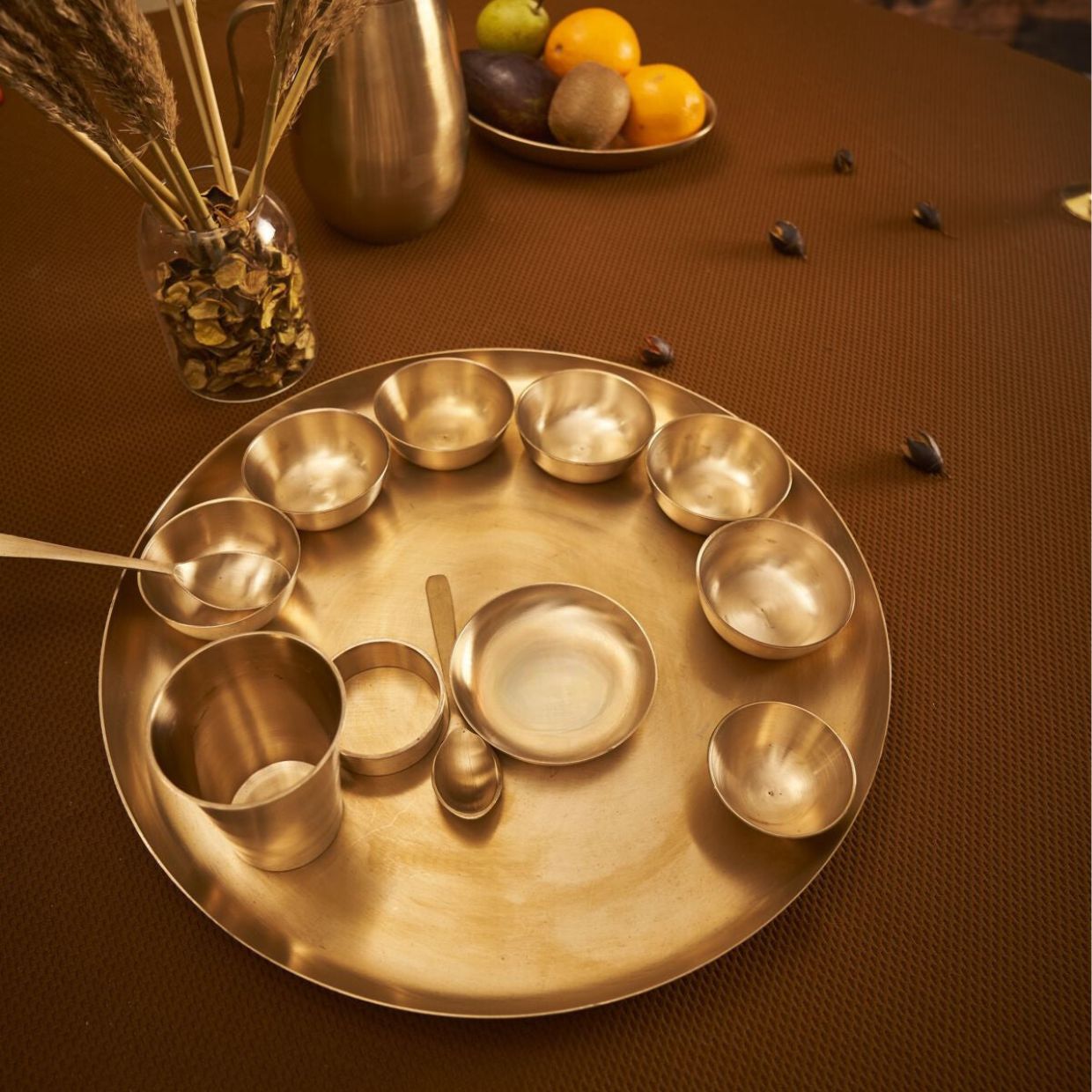
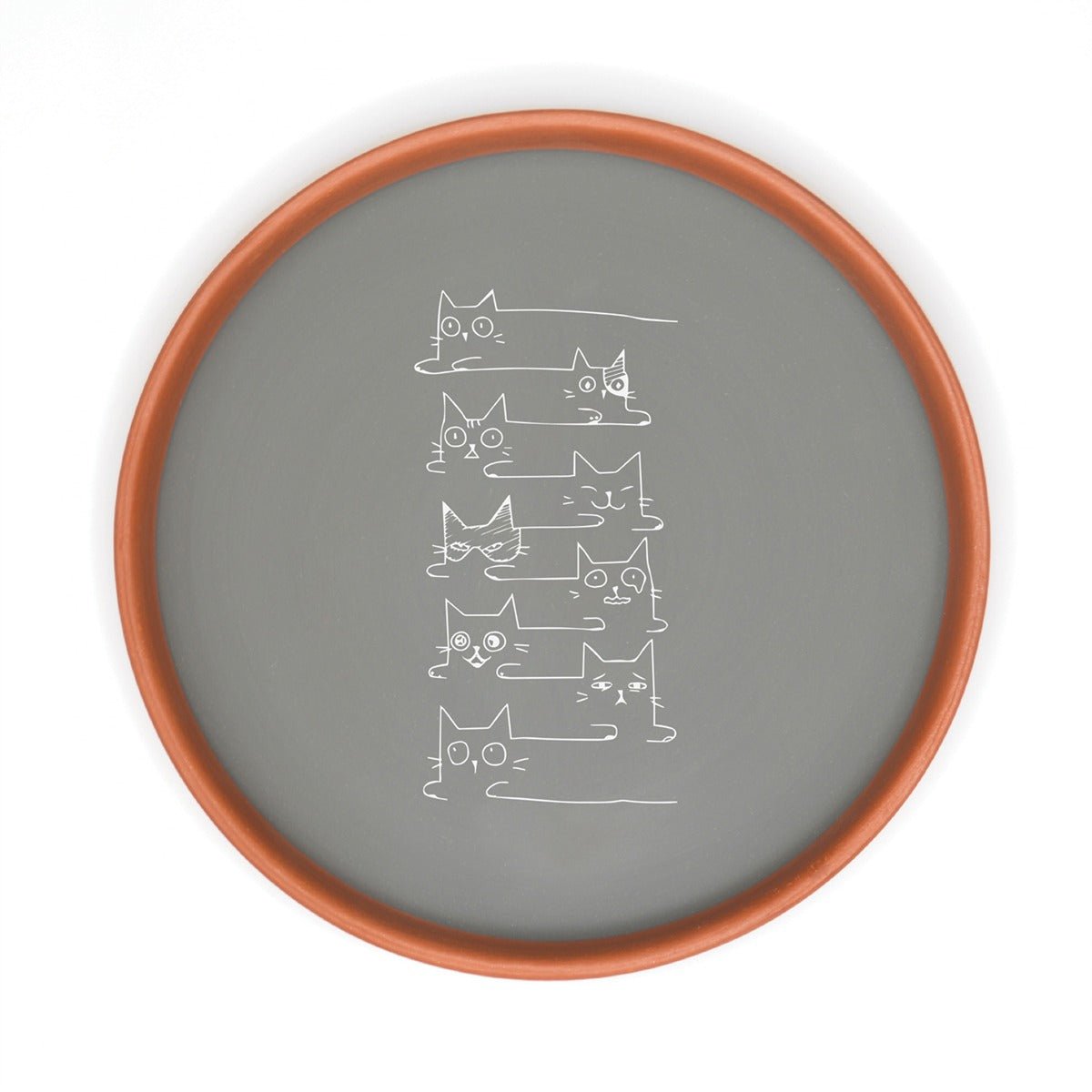






























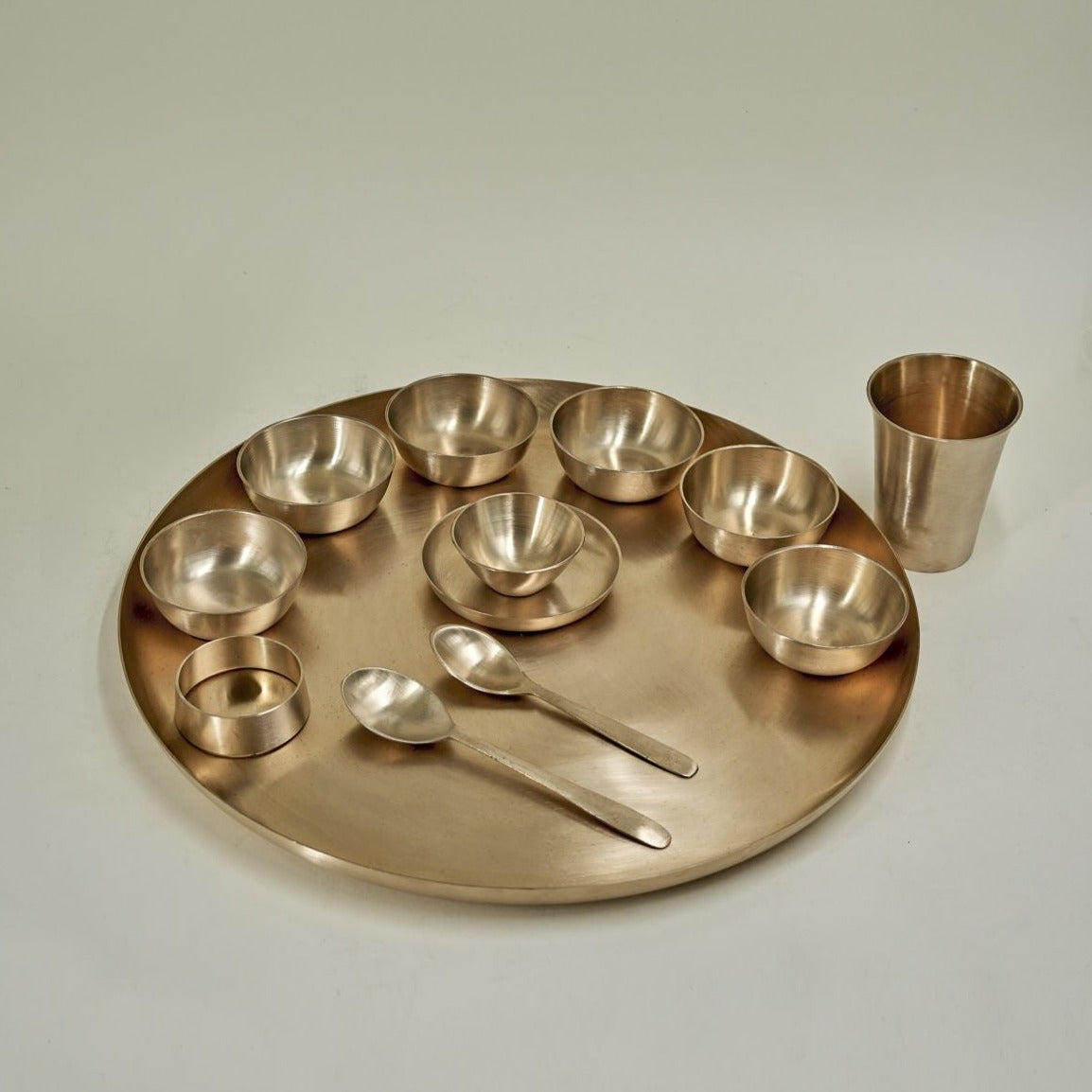

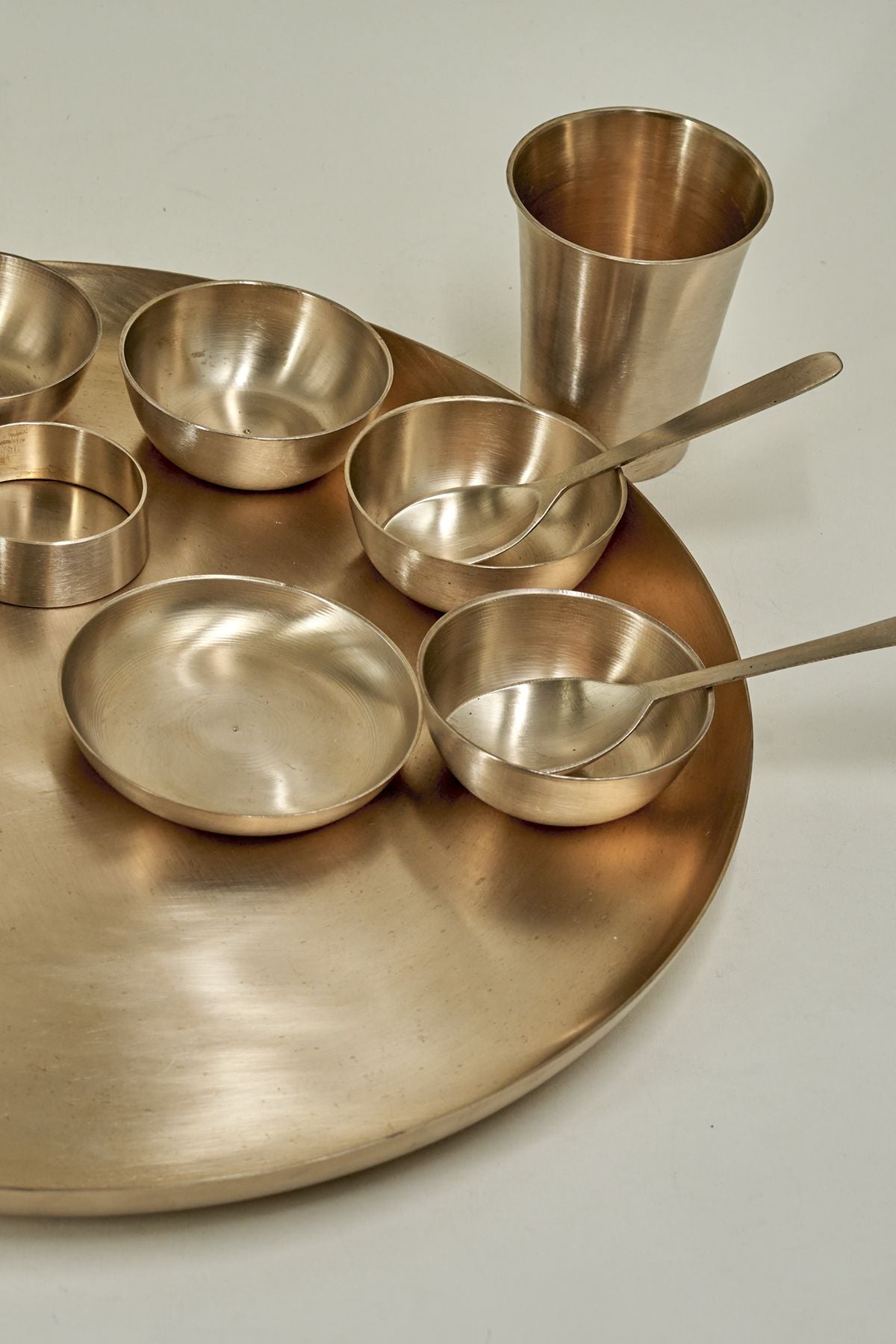
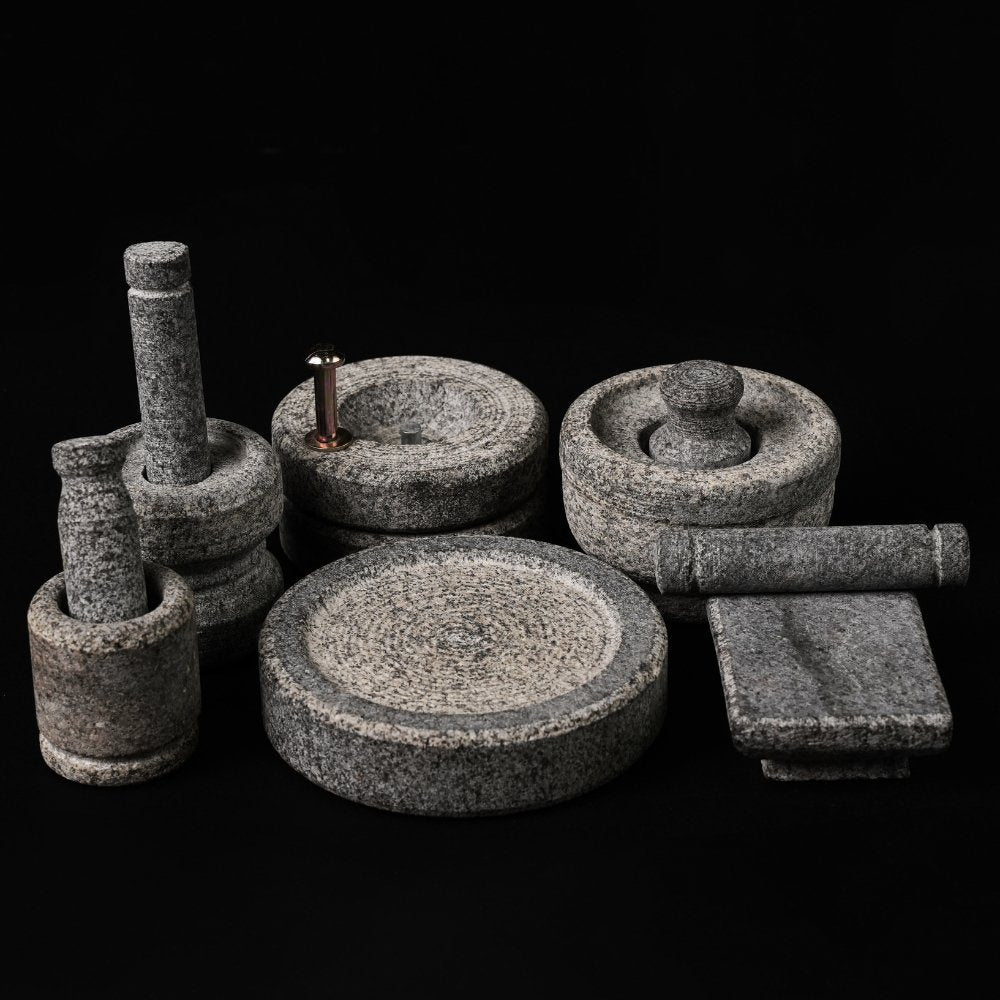











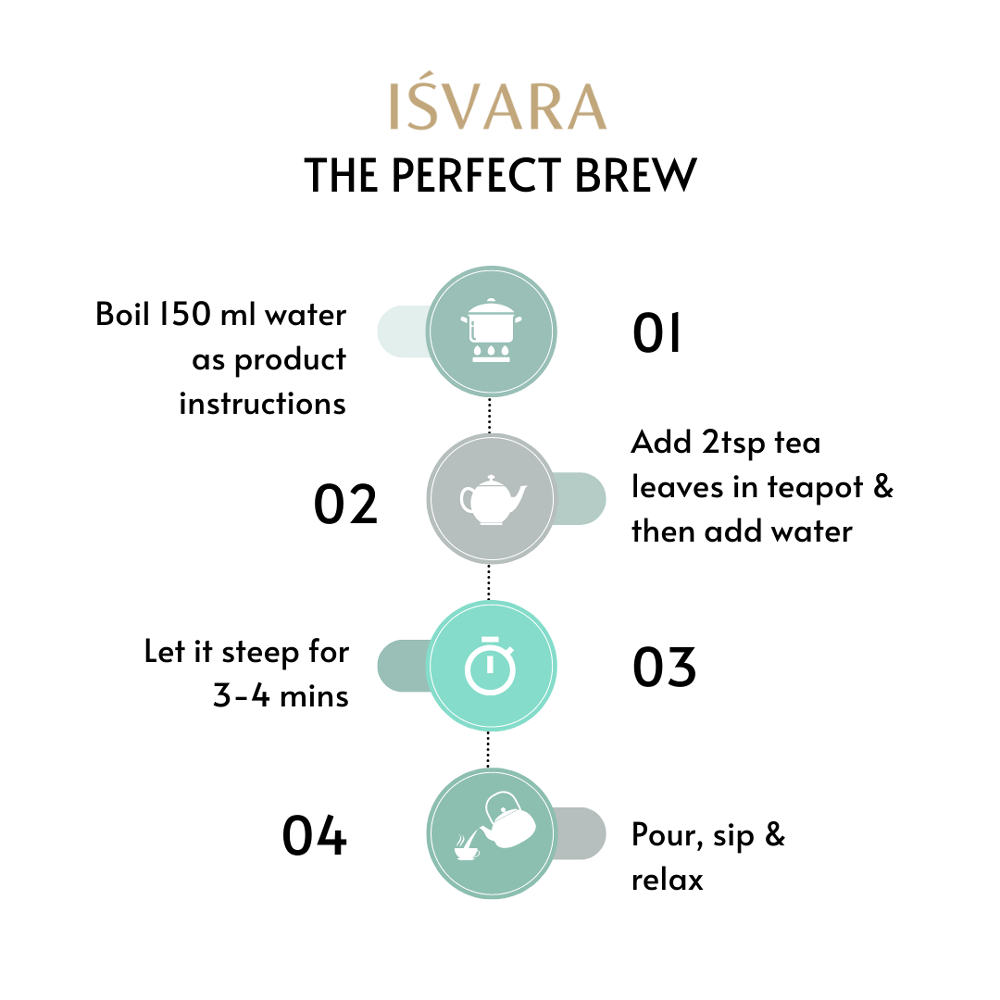
Share:
Soapnut in Baby Care: A Gentle Cleansing Experience
Eco-Friendly Fashion-Forward Travel Accessories